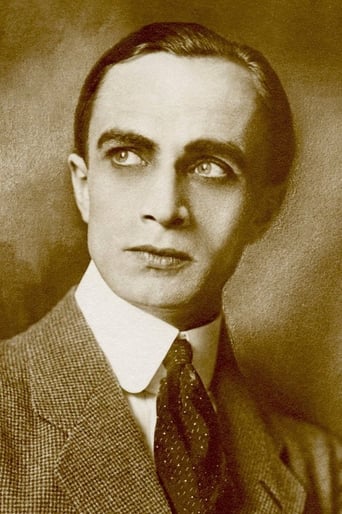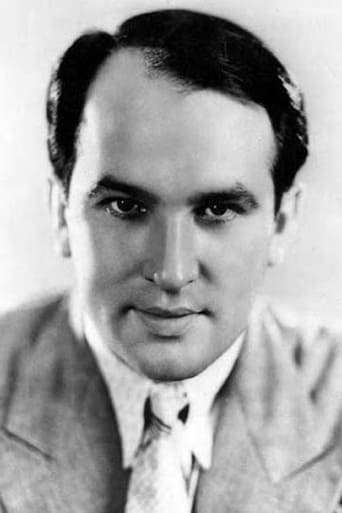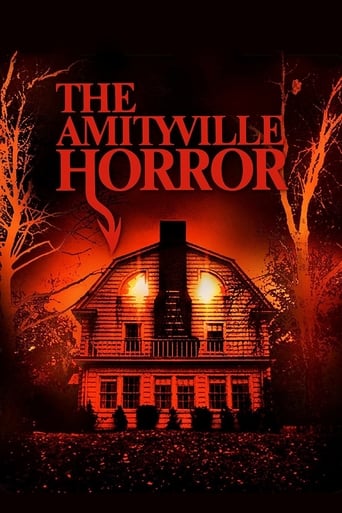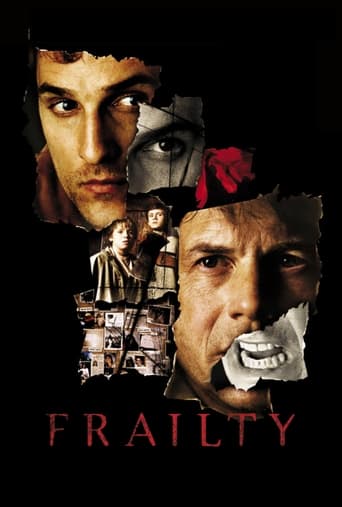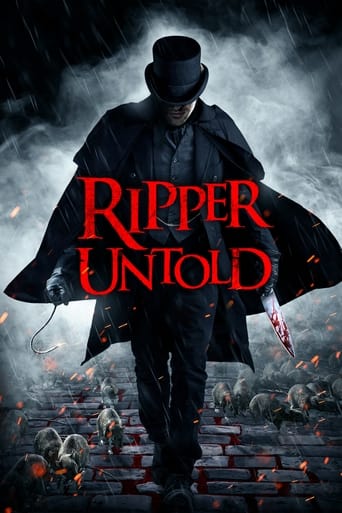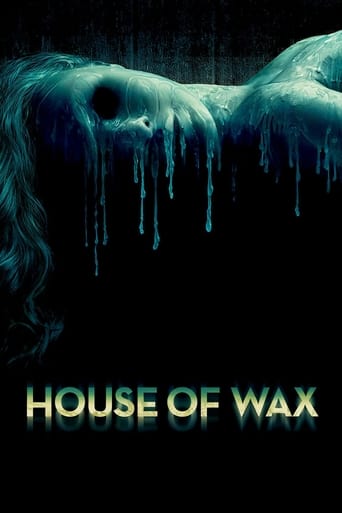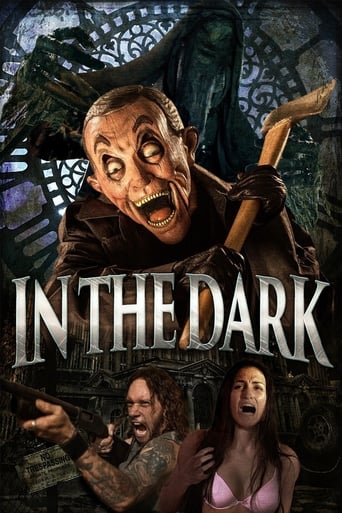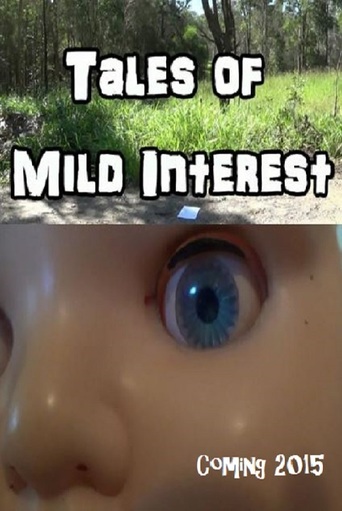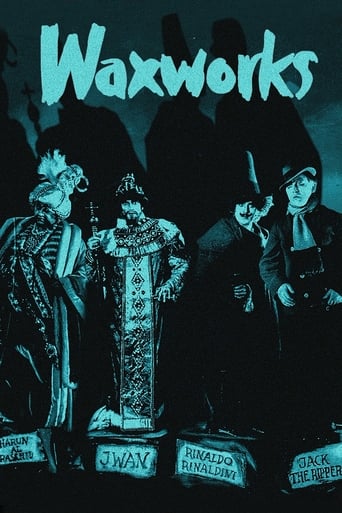
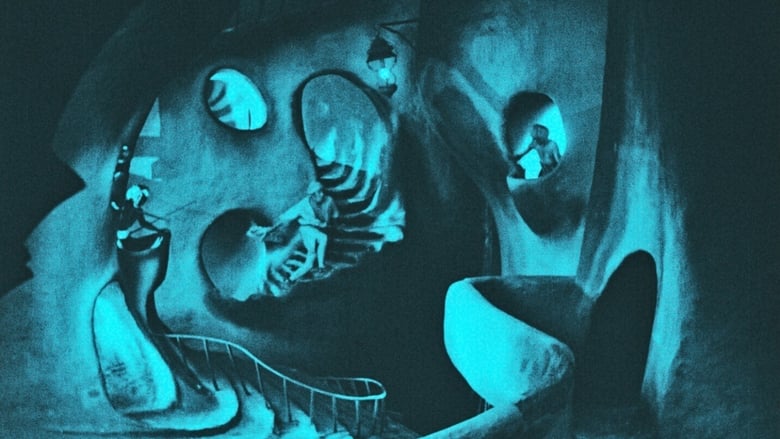
Waxworks (1926)
A poet is hired by the owner of a wax museum in a circus to write tales about Harun al Raschid, Ivan the Terrible and Jack the Ripper. While writing, the poet and the daughter of the owner, Eva, fantasize the fantastic stories and fall in love for each other.
Watch Trailer
Cast


Similar titles
Reviews
The story premise is quite simple. The owner of a wax figures shop wants to hire a writer "for publicity work in a waxworks exhibition". The hired writer, or "Poet", (William Dieterle) then creates fictional stories for three of the wax figures: Haroun al Raschid, Ivan the Terrible, and Jack the Ripper.The writer places himself and the owner's lovely daughter (who does little more than smile through the whole film) into his fictional scripts. And so what we get is a trio of short stories about these three historical figures with the writer as a central character.The first story, about Haroun al Raschid (Emil Jannings), consumes about half of the film's runtime. The second story runs about thirty minutes. And the third story (about Jack the Ripper) is mostly just an afterthought.The poet role (Dieterle) is fine. But the role played by Jannings is horrid; he's like something out of a nightmare. His bizarre clothing combined with bizarre facial expressions create a character that is quite repellent. Sans grotesque mustache, at times he resembles an inebriated fat old woman. This character is the most memorable image I have of this film, and it is not favorable.Visuals are almost as bizarre ... heavy shadows and, though technically in B&W, hues range from brownish to greenish to bluish and even lavender in a few scenes. Shapes of dwellings trend round and resemble stereotyped imperial places in Russia. Acting is horridly melodramatic.Viewers need to give very old films a lot of latitude. But "Waxworks" doesn't work for me, even making allowances for its age. Other films of the silent era are better.
In the 1920s, the German film industry was one of the best producers of films in the world--making many films that were about as good as anything coming out of Hollywood. Because of this, I had relatively high expectations for this film. Sadly, however, despite this and a wonderful idea for a movie, "Waxworks" turned out to be, at best, a mediocre film--mostly because it was written so poorly and the stories all were so unsatisfying.The idea behind "Waxworks" is that the owner of some wax figures wants a writer to come up with some great stories about each of his three figures in order to lure in the public. This anthology notion is pretty good...but the execution left so much to be desired.The first story is about a Caliph in ancient times and this story is by far the longest of the three. It seems that this Caliph has fallen for the baker's wife and he sneaks in to make love to her. At the same time, the baker is sneaking in to the nearby palace to steal the Caliph's magic ring. Unable to get it off the hand easily, he chops off the Caliph's arm! Oddly, the Caliph just lays there--but at the same time he IS at the baker's house--what gives? This Middle Eastern set is interesting because some of the artistic style looks almost like a book by Dr. Seuss. Unfortunately, the story itself isn't particularly interesting even if it starred the world-famous Emil Jannings. Sadly, it's the best of the three.The second story is about Ivan the Terrible. Oddly, the sets are VERY tiny--almost claustrophobic. And the story about Ivan, poison and madness just isn't interesting in the least.The final about Spring Heeled Jack wasn't great but at least it was visually arresting. That's because, like "The Cabinet of Dr. Caligari", it's a wonderful example of German Expressionism--with its crazy art style. It's all supposed to be a dream, so it makes sense that that they used this weird look.Overall, the film looks pretty cool but the stories just bored me to death. I sure expected better writing.
A poet is hired by the owner of a wax museum in a circus to write tales about Harun al Raschid, Ivan the Terrible and Jack the Ripper. While writing, the poet and the daughter of the owner, Eva, fantasize the fantastic stories and fall in love for each other."Das Wachsfigurenkabinett" is an impressive and very creative movie, changing the colors in accordance with the environment and with amazing scenarios and funny stories. The acrobatic performance of the character Assad the Baker, jumping from a tower of the palace in Baghdad to a tree, is incredible. I did not understand why the genres horror and even thriller are listed for these three romantic adventures in the world of fantasy. I liked very much the first story, indeed very funny and naive; the second one is darker; and the very short third one is weird and romantic. The locations and the atmosphere are another attraction of this great unknown silent movie. I saw an excellent restored version with 83 minutes running time. My vote is eight.Title (Brazil): "O Gabinete das Figuras de Cera" ("The Chamber of the Wax Figures")
Three stories, perhaps loosely based on those of O'Henry, set within the clever framing device of a man trying to compose the tales of 3 waxwork figures. He imagines himself and the owner's daughter in the stories, one of which is an Arabian Nights-type story in which he is a baker who has angered the Sultan (Jannings). He goes out to steal the Sultan's ring while the Sultan sets out to steal his wife, leaving a waxen copy of himself behind as insurance. The second story, with Veidt as Ivan the Terrible of Russia caught up in his own murderous schemes, is one-dimensional and obvious compared to the relatively witty first story; the last story, which features the hero and his girl being stalked by Jack the Ripper (Krauss) seems like it's over before it's begun. Impressive film techniques, but to me this movie is pretty uninspired compared to the better films in the gothic tradition from the period. The producers were astute in their decision to cast the genre star trio, but they tried too hard to make this movie too much like other films in its class, never letting it breathe its own air.



